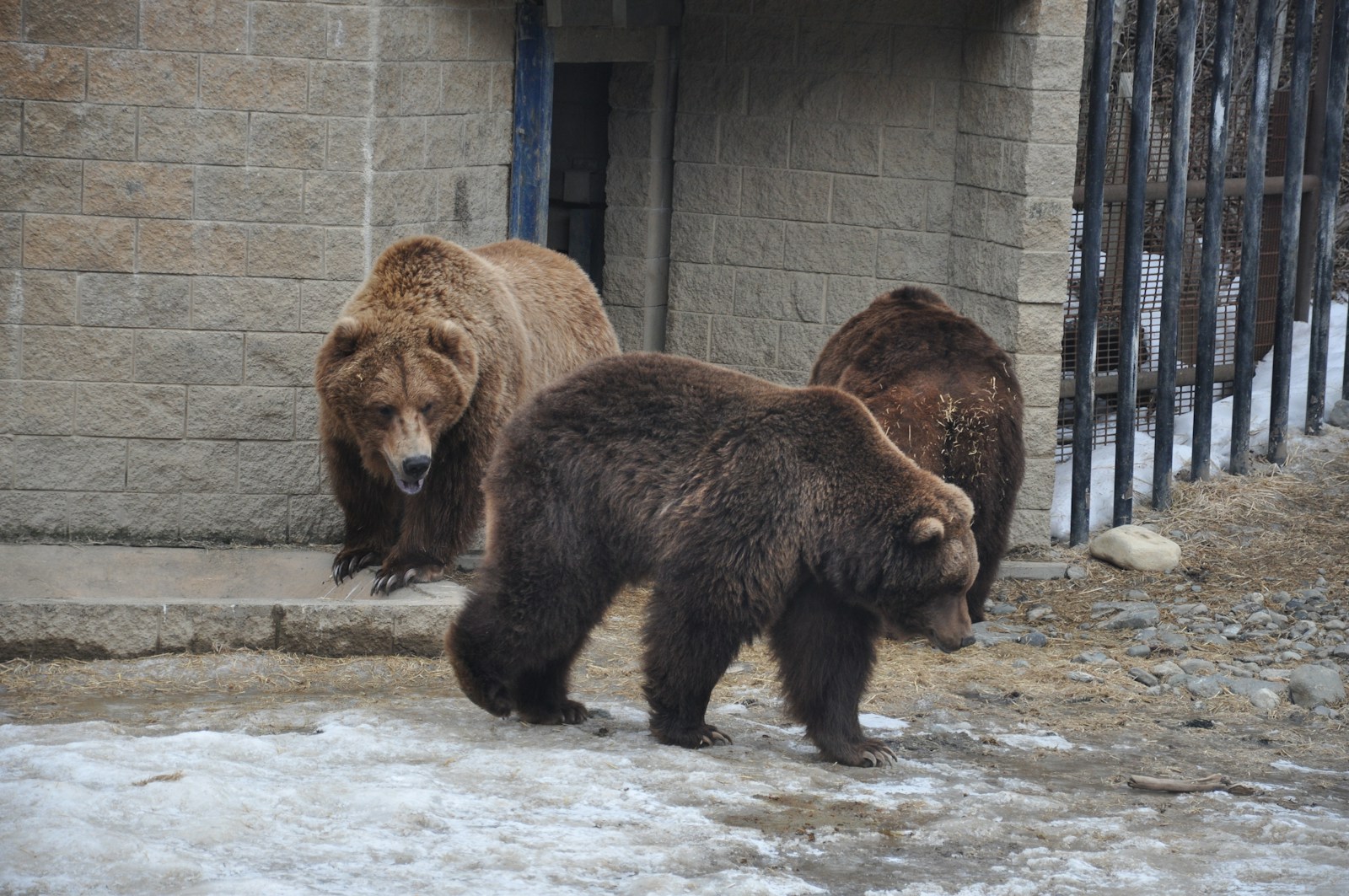National parks offer some of America’s most extraordinary opportunities to connect with nature and observe wildlife in their natural habitats. For outdoor enthusiasts and animal lovers, camping within these protected lands provides unparalleled access to diverse ecosystems where wildlife thrives. From the majestic grizzlies of Alaska to the elusive panthers of Florida, national park campgrounds serve as perfect basecamps for wildlife spotting adventures. The experience of waking up to birdsong, spotting deer grazing at dawn, or hearing wolves howl under starlit skies creates memories that last a lifetime. This guide explores the best national park campgrounds specifically chosen for their exceptional wildlife viewing opportunities, helping you plan your next unforgettable wilderness experience.
Yellowstone National Park: Lamar Valley Campground
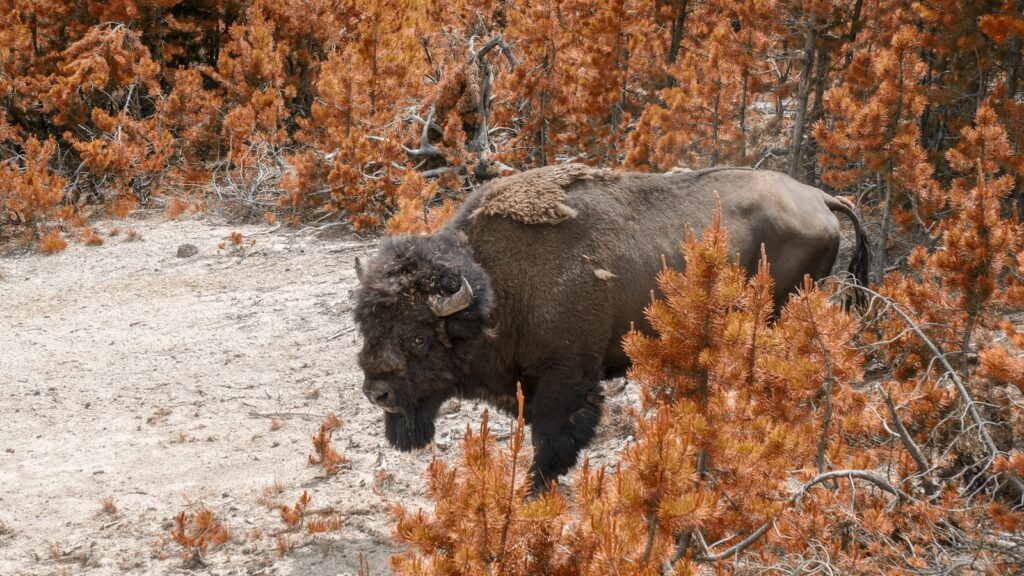
Often called “America’s Serengeti,” Yellowstone’s Lamar Valley region offers what many consider the premier wildlife viewing experience in the lower 48 states. The Slough Creek Campground, positioned at the valley’s edge, provides intimate access to this wildlife paradise with just 16 sites, creating a peaceful atmosphere that wildlife tends to appreciate. Early mornings and evenings here regularly feature wolf packs, grizzly bears, bison herds, pronghorn, and coyotes moving across the expansive landscape. The campground’s remote location means minimal light pollution, allowing for exceptional stargazing after your wildlife watching sessions. Visitors consistently report that the Lamar Valley area offers their most memorable wildlife encounters, with some lucky campers witnessing wolf pack interactions or grizzly bears hunting from the comfort of their campsite.
Grand Teton National Park: Signal Mountain Campground
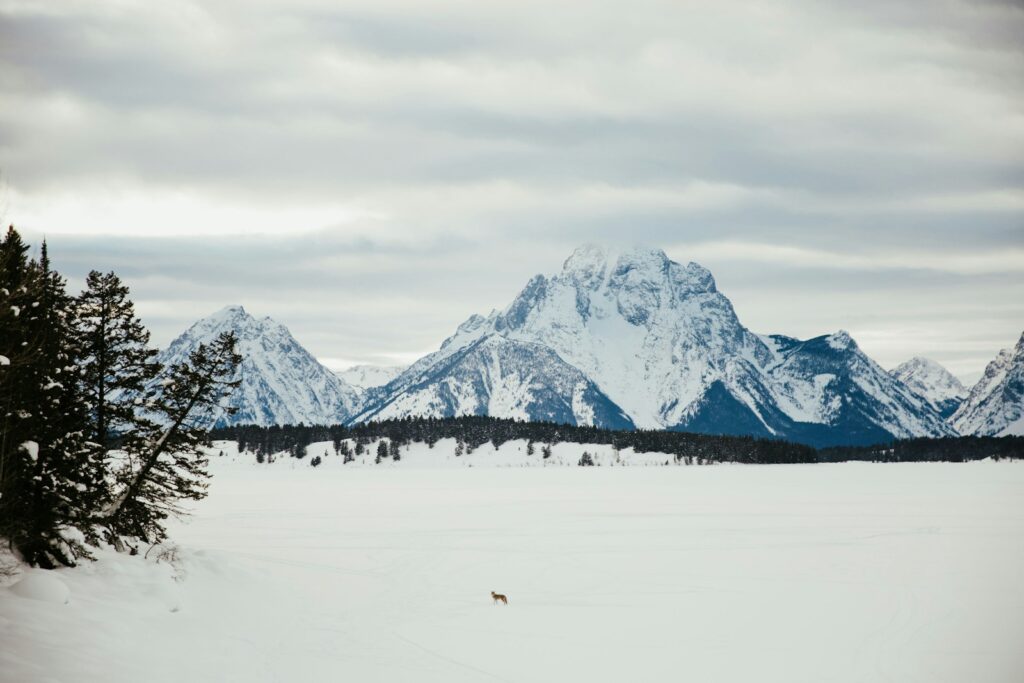
Perched above Jackson Lake with stunning views of the Teton Range, Signal Mountain Campground combines scenic beauty with exceptional wildlife opportunities. The campground’s location near water, meadows, and forests creates a diverse habitat intersection where moose, elk, black bears, and bald eagles are frequently spotted. Morning coffee at your campsite might be accompanied by the sight of moose wading in the nearby marshy areas or elk grazing in the morning mist. The campground’s elevation provides panoramic vistas, making it easier to spot wildlife movements across the landscape below. Many wildlife photographers specifically choose Signal Mountain as their base for its reliable animal sightings and proximity to the park’s famous wildlife corridors along Oxbow Bend and Willow Flats.
Denali National Park: Teklanika River Campground
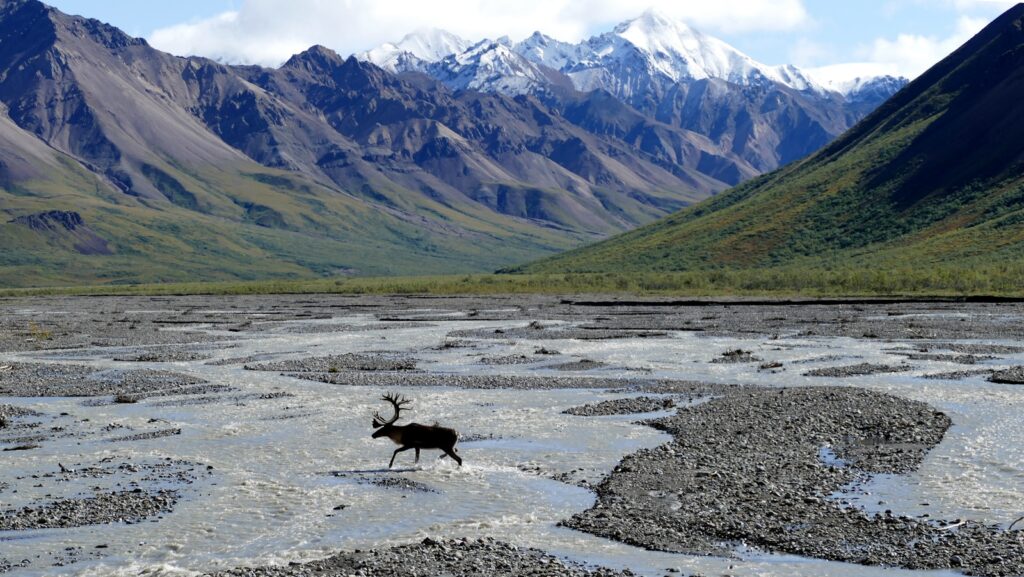
Located 29 miles into Denali’s restricted access road, Teklanika offers a true wilderness immersion that few other national park campgrounds can match. This campground requires a minimum three-night stay, but rewards campers with significantly improved wildlife spotting opportunities away from day-tripping crowds. Caribou, grizzly bears, wolves, Dall sheep, and moose roam freely in this pristine environment, where human presence remains minimal. The campground’s position along the Teklanika River creates a natural wildlife corridor, increasing your chances of amazing sightings directly from your campsite. Special bus privileges for Teklanika campers allow exploration deeper into the park, including the wildlife-rich Toklat River and Polychrome Pass areas, where animal sightings are most concentrated.
Everglades National Park: Flamingo Campground
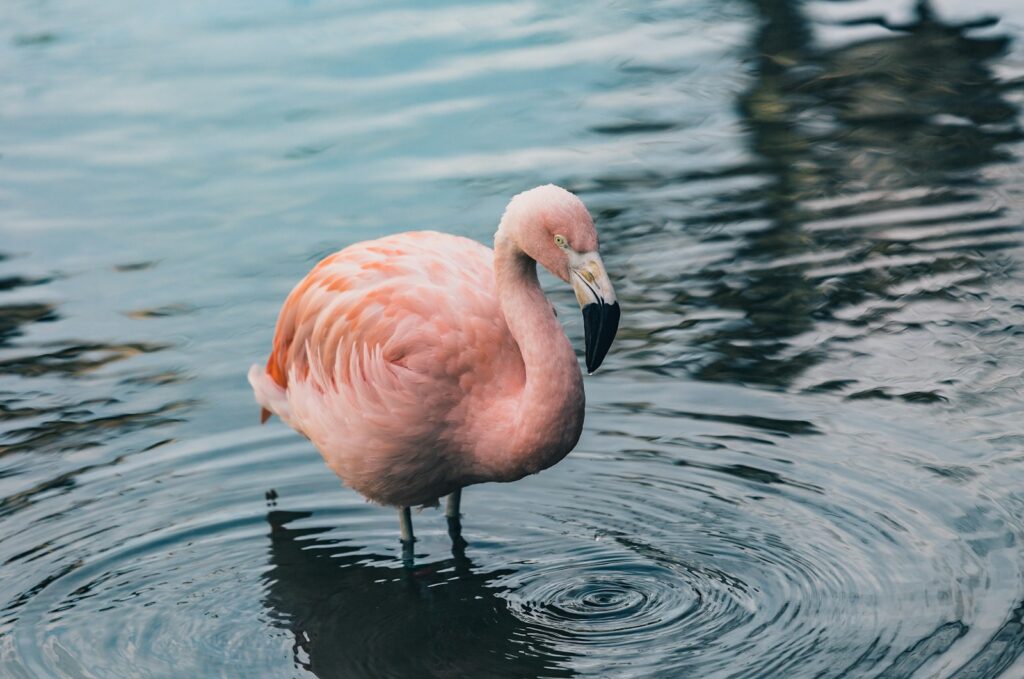
At the southernmost tip of mainland Florida, Flamingo Campground offers access to one of North America’s most unique wildlife ecosystems. This remarkable location sits at the intersection of freshwater marshes and Florida Bay, creating diverse habitats that support an extraordinary range of species. Alligators, crocodiles (one of the few places where both species coexist), manatees, dolphins, and over 300 bird species can be observed from this strategic camping location. The winter dry season (December through April) offers particularly concentrated wildlife viewing as animals gather around remaining water sources. Nighttime in the campground brings a symphony of sounds from barred owls, chorusing frogs, and occasionally the splash of hunting alligators, creating an immersive wildlife experience even after dark.
Olympic National Park: Hoh Rainforest Campground
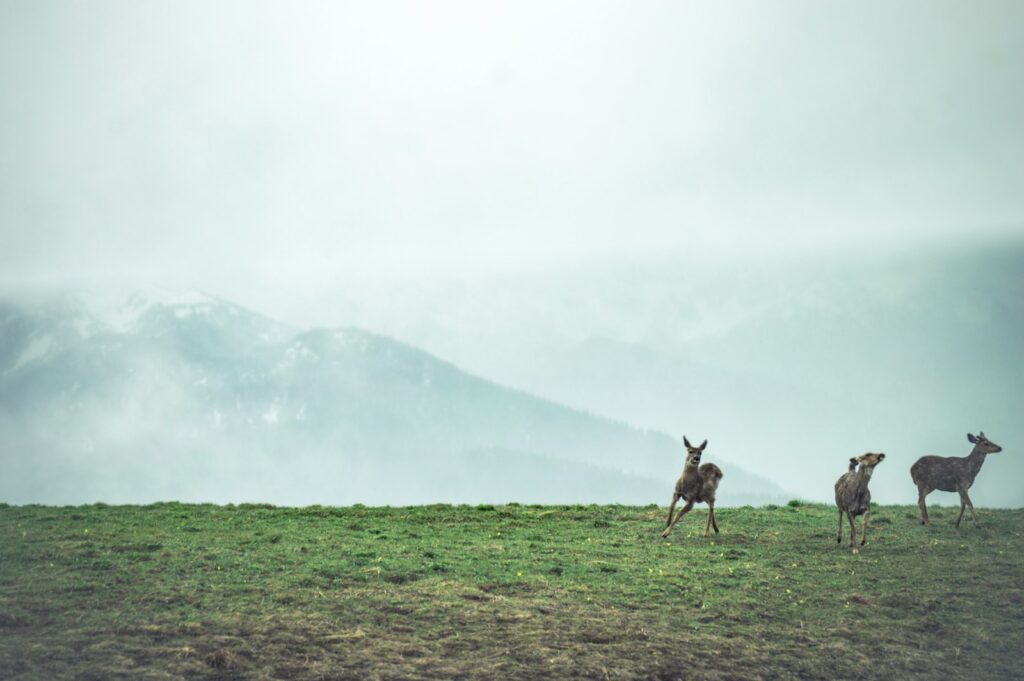
Nestled within one of the largest temperate rainforests in the United States, the Hoh Rainforest Campground offers a mystical setting for wildlife watching. The ancient moss-draped trees and lush understory create habitat for Roosevelt elk, black bears, bobcats, and countless bird species. This campground’s location along the Hoh River provides excellent opportunities to spot river otters, salmon during spawning season, and the massive elk herds that frequent the adjacent meadows. The rainforest’s unique acoustics mean you’ll often hear wildlife before seeing it – from the bugling of elk to the distinctive calls of varied thrushes echoing through the misty forest. The campground’s relatively small size (78 sites) and remote location help preserve the wilderness experience, increasing your chances of meaningful wildlife encounters.
Great Smoky Mountains National Park: Cades Cove Campground
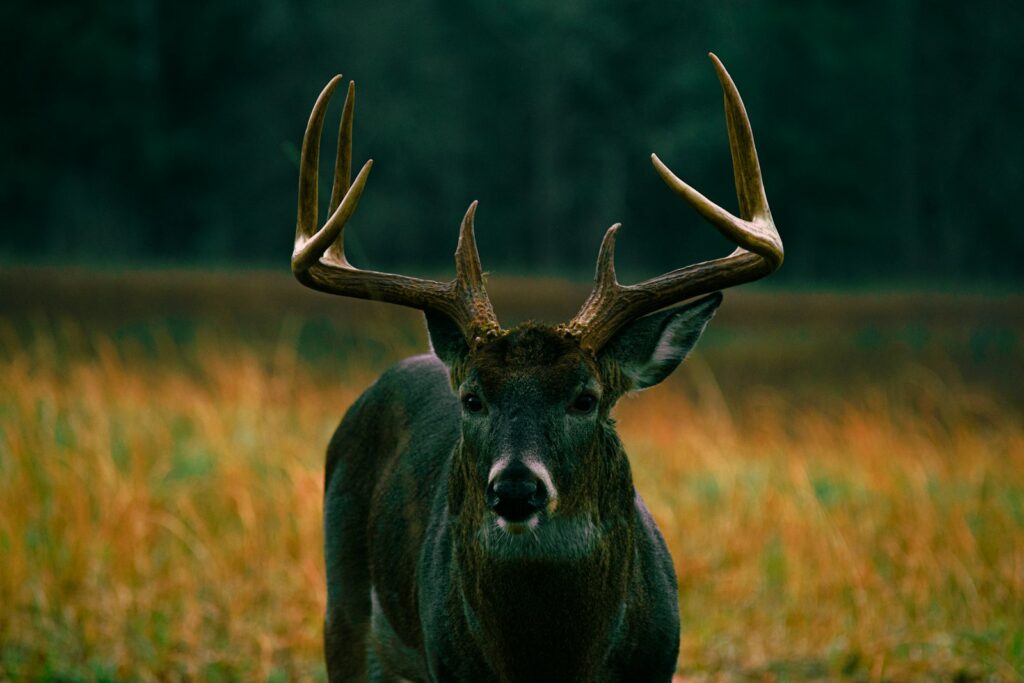
Cades Cove Campground sits adjacent to one of the most wildlife-rich valleys in the eastern United States, offering exceptional opportunities to observe the diverse fauna of the Appalachian Mountains. The campground’s proximity to the famous Cades Cove Loop Road gives campers early morning and evening access to this wildlife hotspot before and after day visitors arrive. Black bears, white-tailed deer, wild turkeys, raccoons, and the occasional bobcat are frequently seen throughout this area, especially in the meadows and forest edges surrounding the historic settlement. The park’s seasonal synchronous firefly display (typically in June) adds another remarkable natural phenomenon for campers to experience after their daytime wildlife watching. Staying at Cades Cove allows you to experience the cove during the prime wildlife hours when the loop road is closed to motor vehicles on select days.
Katmai National Park: Brooks Camp Campground
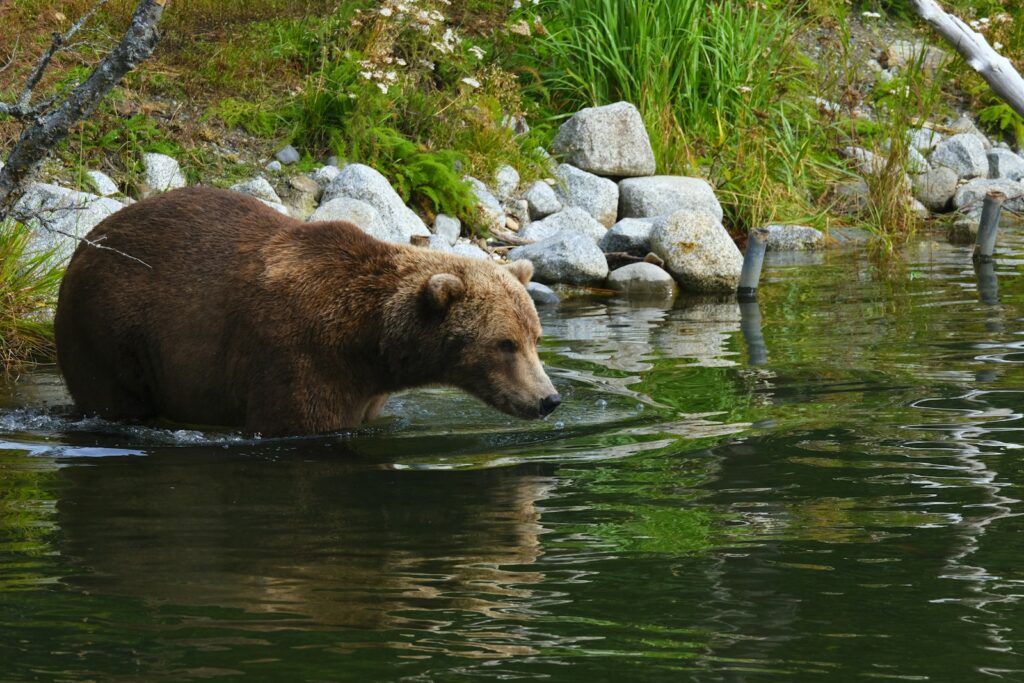
For an unparalleled bear-watching experience, few places on earth rival Brooks Camp Campground in Alaska’s Katmai National Park. This closely managed campground provides front-row access to one of nature’s most spectacular shows: dozens of brown bears gathering to feast on salmon at Brooks Falls. The campground’s hard-sided electric fence provides necessary safety while staying within walking distance of multiple bear viewing platforms. During peak salmon runs in July and September, campers commonly observe 20+ bears at once fishing, interacting, and teaching cubs essential survival skills. Beyond bears, the campground area hosts wolves, foxes, eagles, and numerous bird species, creating a complete Alaskan wildlife immersion experience.
Theodore Roosevelt National Park: Cottonwood Campground
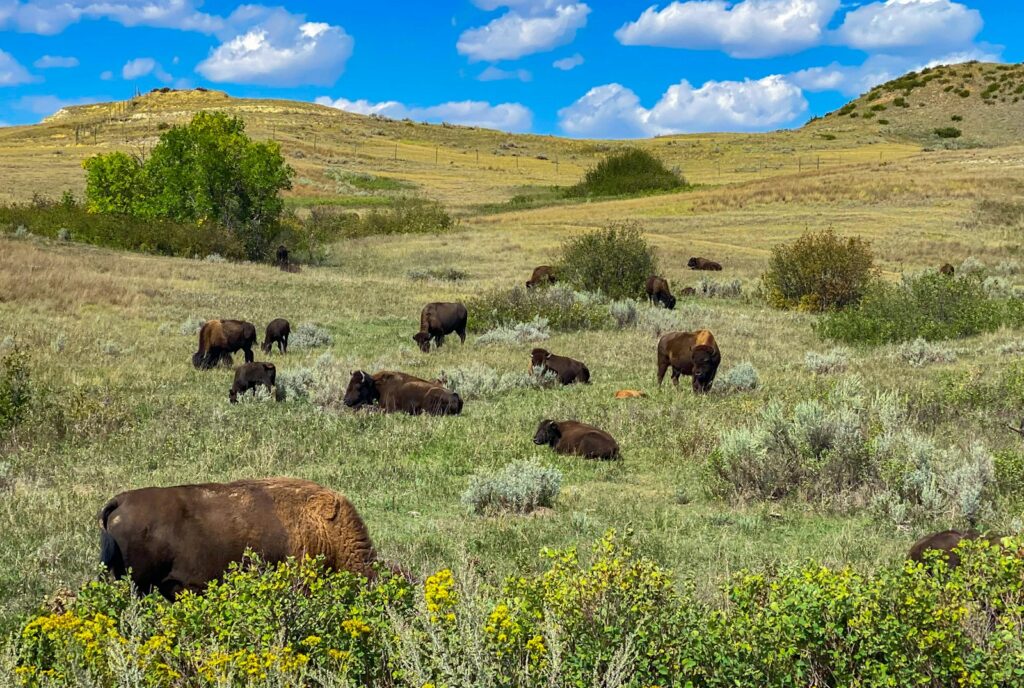
Located in North Dakota’s badlands, Cottonwood Campground offers intimate wildlife viewing in a dramatic landscape that profoundly influenced President Roosevelt’s conservation ethic. The campground sits along the Little Missouri River, serving as a natural magnet for the park’s abundant wildlife, particularly during morning and evening hours. Massive bison herds, bands of wild horses, pronghorn antelope, mule deer, and prairie dog towns can all be observed from this well-positioned campground. The park’s relatively low visitation compared to more famous national parks means wildlife here often displays more natural behavior, unaccustomed to constant human presence. The campground’s cottonwood trees attract an impressive diversity of birds, adding to the wildlife spotting opportunities directly from your tent or RV.
Glacier National Park: Many Glacier Campground
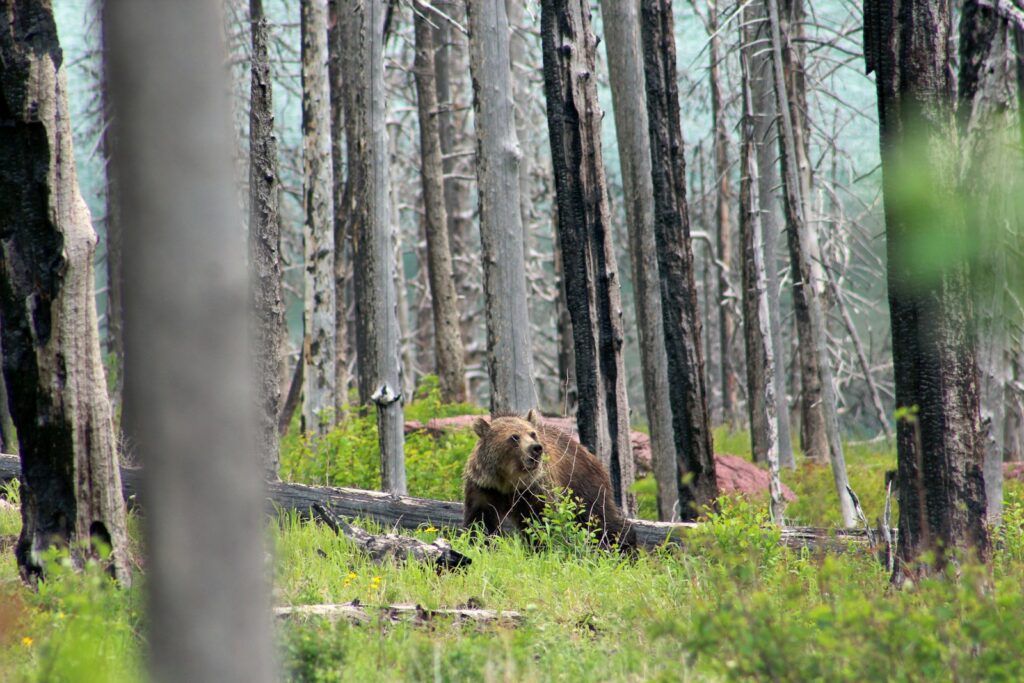
Many Glacier Campground sits at the heart of what is often considered Glacier National Park’s premier wildlife viewing region. This campground provides access to numerous hiking trails that wind through prime grizzly bear, moose, mountain goat, and bighorn sheep habitat. The campground’s position in the Swiftcurrent Valley creates a natural wildlife corridor, with animals frequently passing through the area while moving between alpine meadows and lower elevations. Moose are particularly common in the wetlands visible from many campsites, often feeding in shallow waters during early morning hours. Evening ranger programs at the campground frequently focus on wildlife tracking and identification, enhancing your ability to spot animals during your stay in this spectacular mountain ecosystem.
Shenandoah National Park: Big Meadows Campground
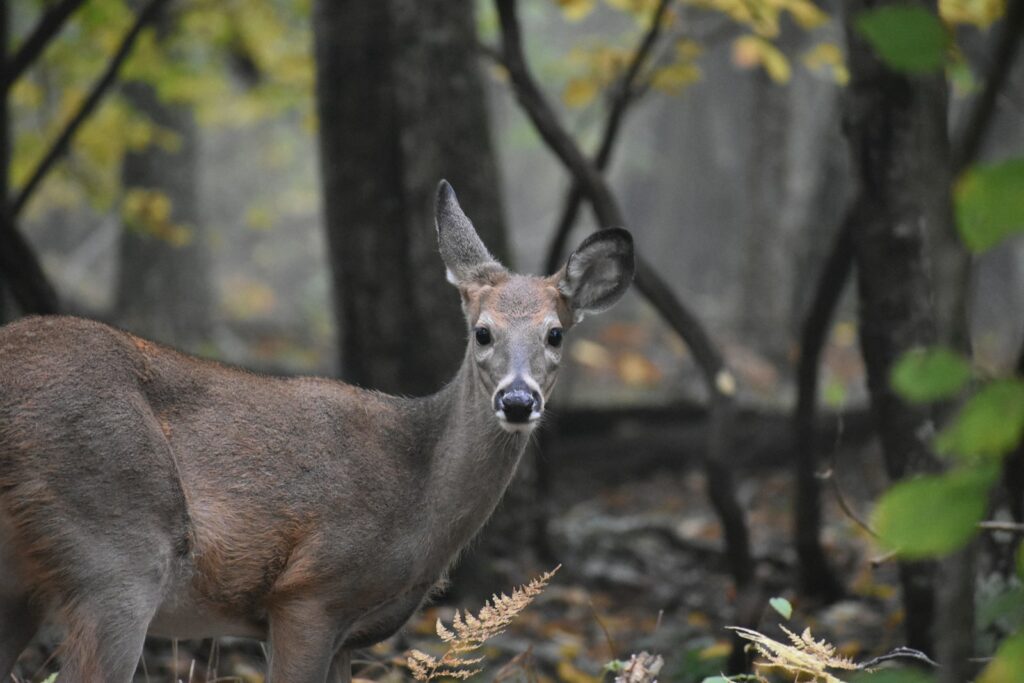
True to its name, Big Meadows Campground sits adjacent to a 130-acre meadow that serves as one of the most reliable wildlife viewing areas in the eastern United States. The open expanse of the meadow, surrounded by mature forest, creates edge habitat that attracts an impressive diversity of wildlife throughout the year. Black bears, white-tailed deer, bobcats, and wild turkeys are frequently observed foraging in the meadow, especially during early morning and twilight hours. The campground’s elevation at 3,500 feet creates a cooler microclimate that animals seek during summer months, increasing sighting opportunities near the camping area. Numerous bird species, including scarlet tanagers, indigo buntings, and various warblers, add vibrant color and song to the wildlife viewing experience at this centrally located campground.
Isle Royale National Park: Rock Harbor Campground

This remote island campground in Lake Superior offers a unique opportunity to observe one of biology’s most studied predator-prey relationships: the wolves and moose of Isle Royale. Accessible only by boat or seaplane, the isolated nature of this campground ensures wildlife remains undisturbed and follows natural behavior patterns rarely seen in more accessible parks. The forests and shorelines around Rock Harbor Campground harbor moose, red foxes, beavers, and occasionally glimpses of the island’s elusive wolf population. The campground’s position along the water enables spotting of otters, loons, and numerous migratory birds that use the island as a stopover point. With no light pollution and minimal human presence, wildlife here exists as it has for centuries, creating an authentic wilderness experience for those willing to make the journey.
Voyageurs National Park: Kabetogama Lake Campground
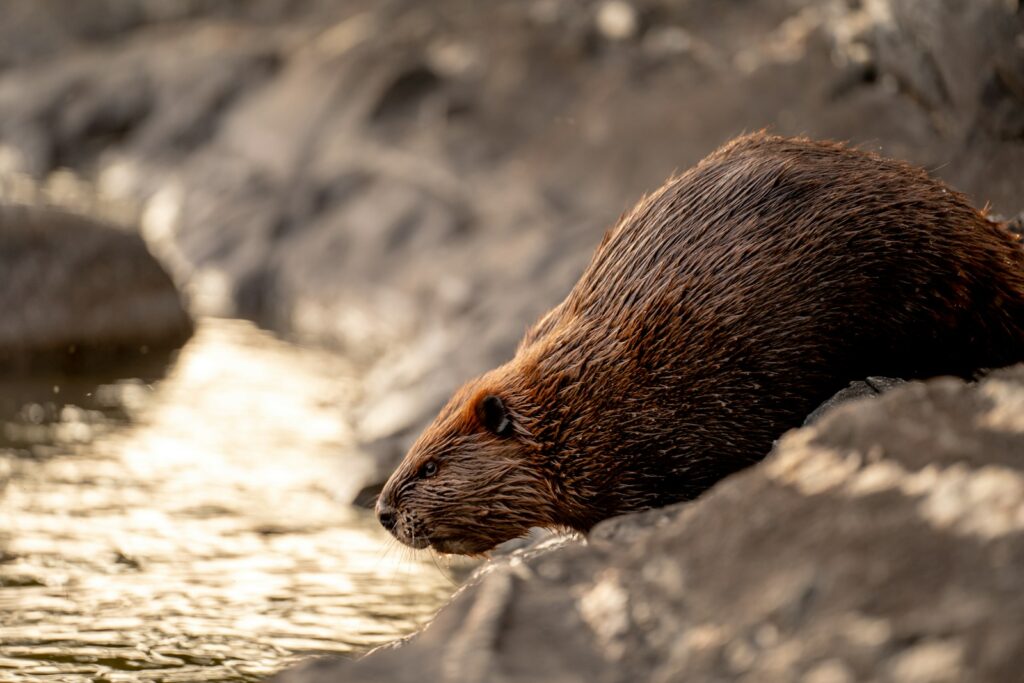
This water-based national park in northern Minnesota offers a unique wildlife viewing experience from boat-in campsites scattered along Kabetogama Lake’s picturesque shoreline. These remote campsites provide intimate access to the park’s remarkable array of northern species, including moose, black bears, wolves, beavers, and over 240 bird species. The lakeside campsites offer opportunities to spot wildlife both on land and in the water, with common loons, bald eagles, and river otters frequently seen during paddling excursions from camp. The park’s significant beaver population means evening paddles often reveal these industrious engineers working on their lodges and dams. Winter camping (for the adventurous) offers an entirely different wildlife experience, with wolf tracks in the snow and the chance to hear their haunting howls across the frozen landscape.
Essential Wildlife Viewing Tips for National Park Campers
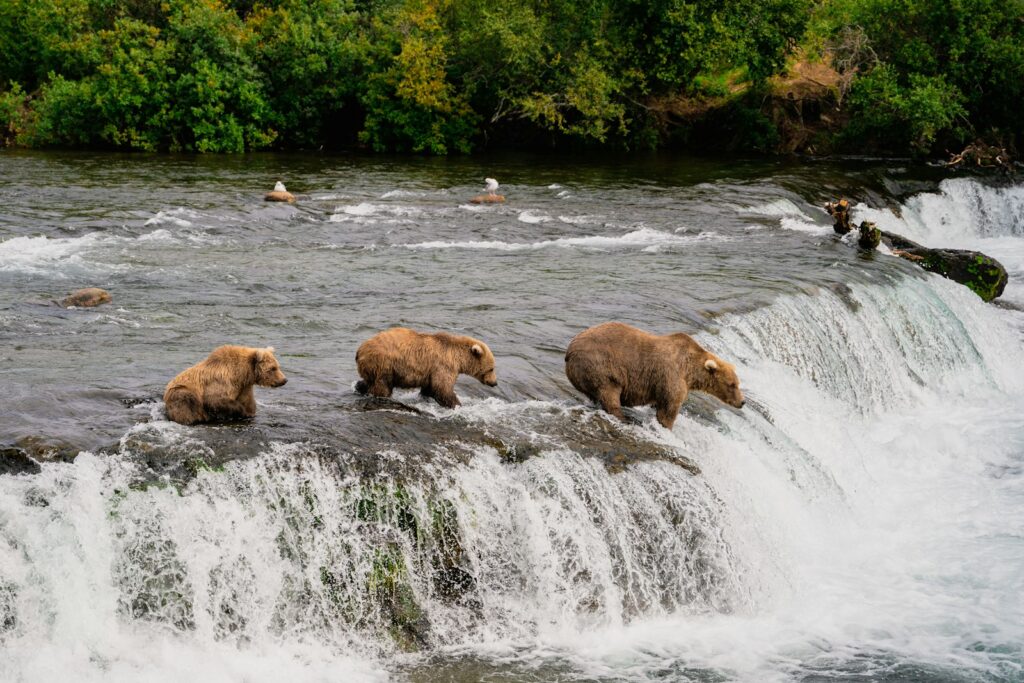
Successful wildlife spotting from national park campgrounds requires strategy, patience, and proper preparation. The golden hours of early morning (before 9 AM) and evening (after 6 PM) consistently provide the best viewing opportunities when animals are most active and human activity is minimal. Bringing quality binoculars or a spotting scope dramatically increases your wildlife observations, allowing you to scan distant meadows and mountainsides from the comfort of your campsite. Maintaining a clean campsite by properly storing food and trash is critical both for wildlife safety and increasing your chances of ethical wildlife encounters. Many experienced wildlife watchers keep detailed journals of their observations, noting weather conditions, time of day, and animal behaviors to identify patterns that improve future spotting success.
Camping in national parks offers a gateway to some of North America’s most extraordinary wildlife experiences. These carefully selected campgrounds provide not just a place to sleep, but a direct connection to diverse ecosystems where wild animals continue their ancient patterns largely undisturbed. Whether you’re hoping to photograph grizzlies in Alaska, track wolves in Yellowstone, or simply wake to the sound of birdsong in Shenandoah, these camping locations offer privileged access to wildlife moments that can’t be experienced anywhere else. By following proper wildlife viewing ethics and camping with awareness, you contribute to the preservation of these remarkable species while creating your own unforgettable wilderness memories. The national park system truly represents our finest commitment to preserving wildlife habitat, and camping within these protected landscapes offers the most authentic way to experience America’s wild heritage.

